Back In Black by AC/DC
Buy Back In Black Who would have guessed that out of the ashes of tragedy would rise the rock n’ roll classic, Back In Black? Recorded just a few weeks following the untimely […]
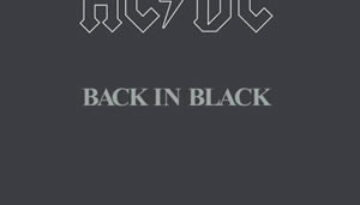
Buy Back In Black Who would have guessed that out of the ashes of tragedy would rise the rock n’ roll classic, Back In Black? Recorded just a few weeks following the untimely […]
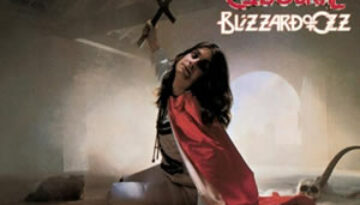
Buy Blizzard of Ozz Few rock and roll comebacks are as bizarre, but complete, as that of Ozzy Osbourne in 1980. Just a year after being fired from Black Sabbath, the superstar rock […]
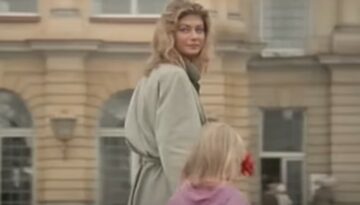
Today we look at a Top 9 List of some forgotten gems from the 1980s. These are pop/rock songs which may have briefly entered the national charts or rotation on MTV, but have […]
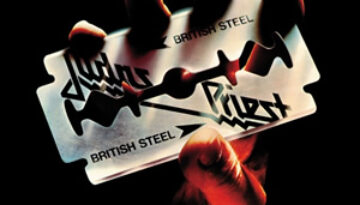
Buy British Steel British Steel was the album where Judas Priest finally found a mainstream American audience and launched the heavy metal band into stadium headliners. The album reached the Top 40 in […]
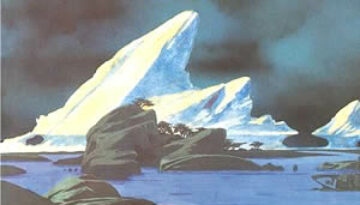
Buy Drama Yes entered the 1980s with a new lineup and a renewed compositional approach. 1980’s Drama, is the band’s tenth studio album but the first not to feature Jon Anderson as the […]
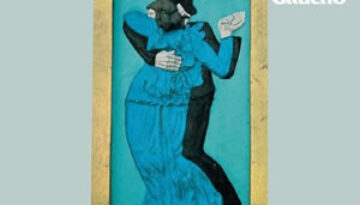
Buy Gaucho Steely Dan had a smooth and steady upward climb through their heyday in the 1970s, with an album-a-year released for six straight years and each gaining in popularity. The group’s seventh […]
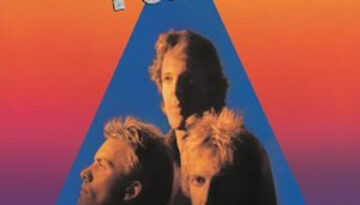
Buy Zenyatta Mondatta Zenyatta Mondatta was the hinge album which fell right in the middle of The Police‘s short career as an active band. True to form, this third studio release by the […]
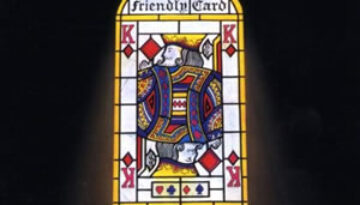
Buy Turn of a Friendly Card Alan Parsons Project produced one of their more accessible albums with, Turn of a Friendly Card, a quasi-concept record which concludes with a sixteen-minute-plus title suite. The […]
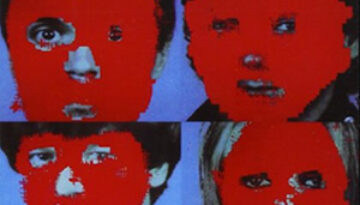
Buy Remain In Light Remain In Light is far from your typical rock album. In fact, a case might be made that it is not really a rock album at all. However, this widely […]